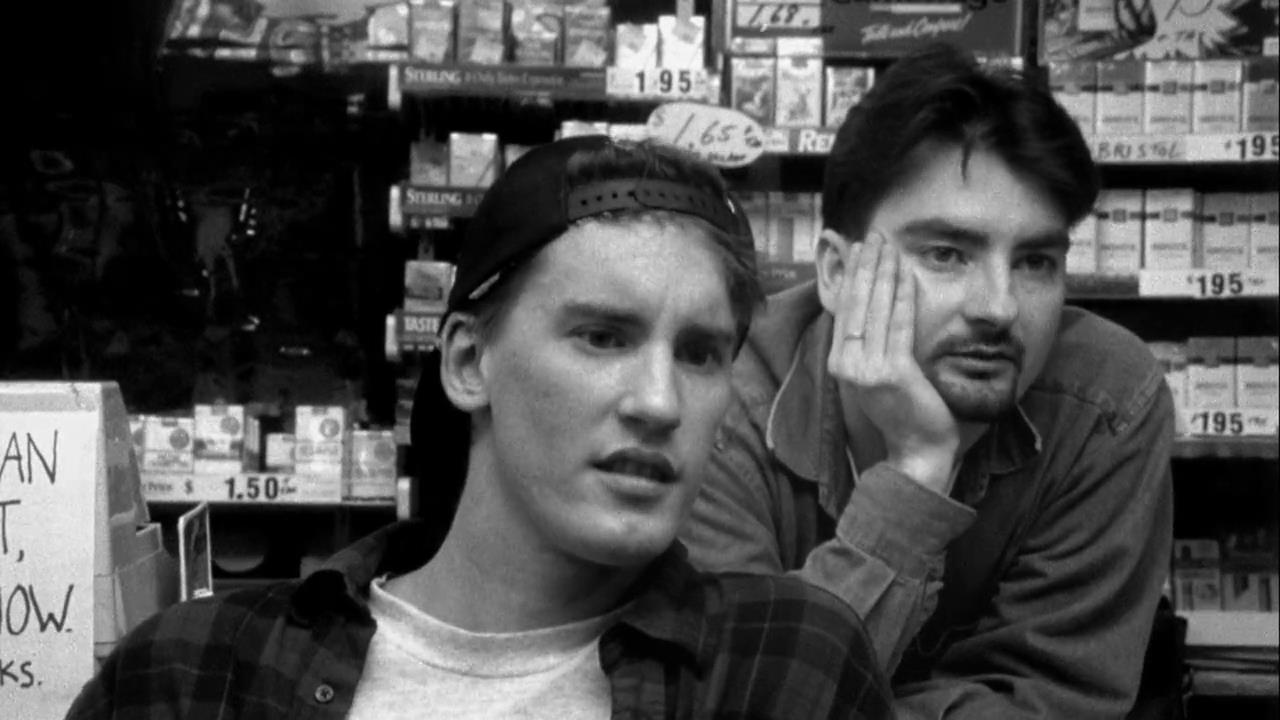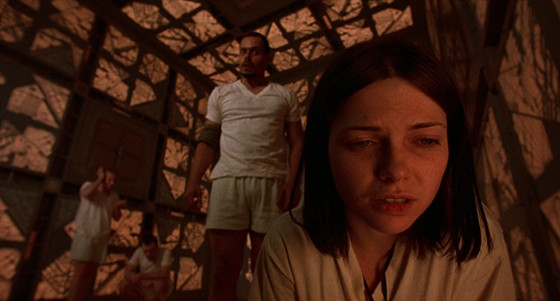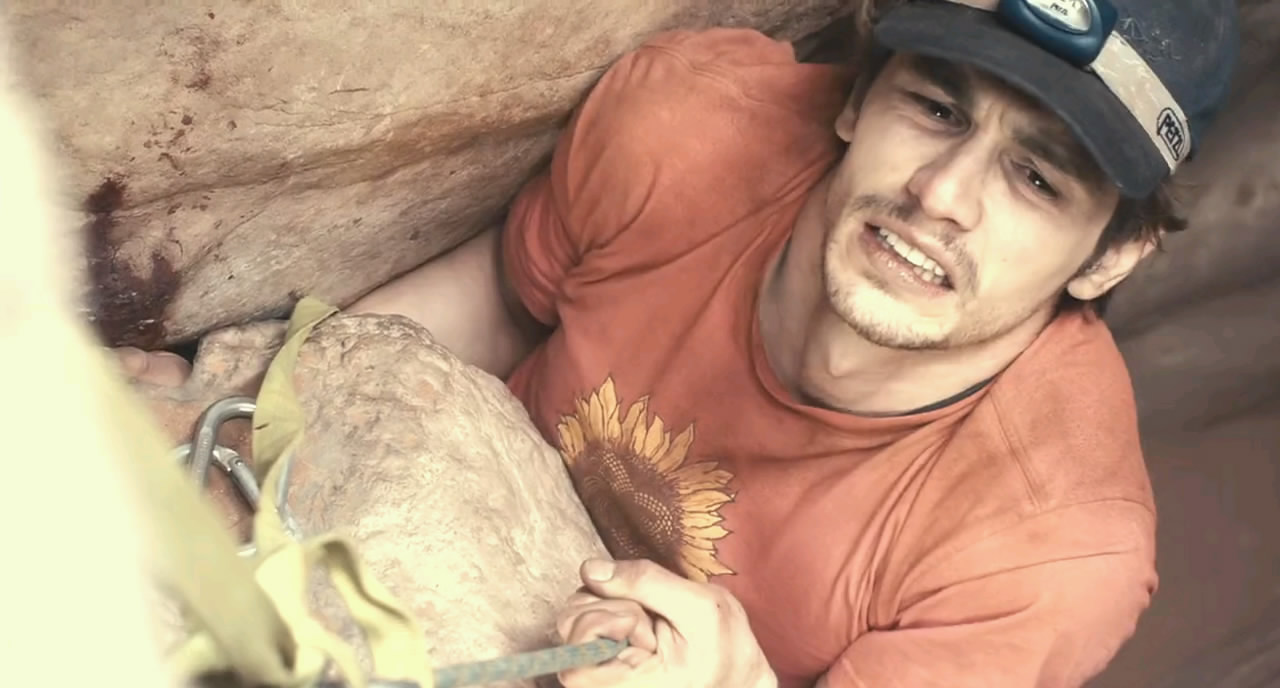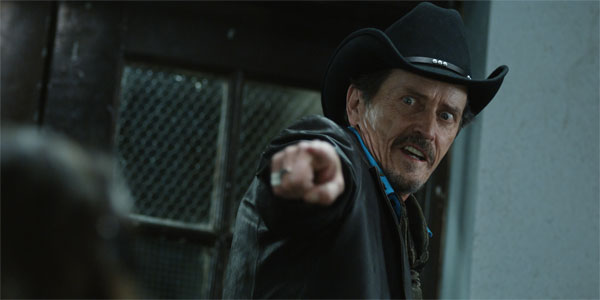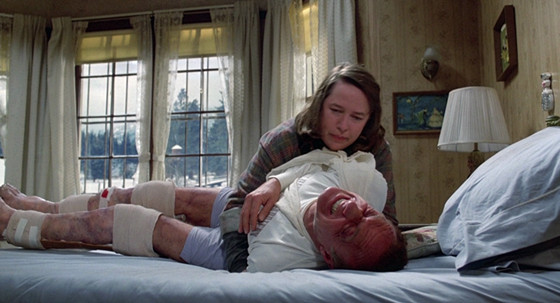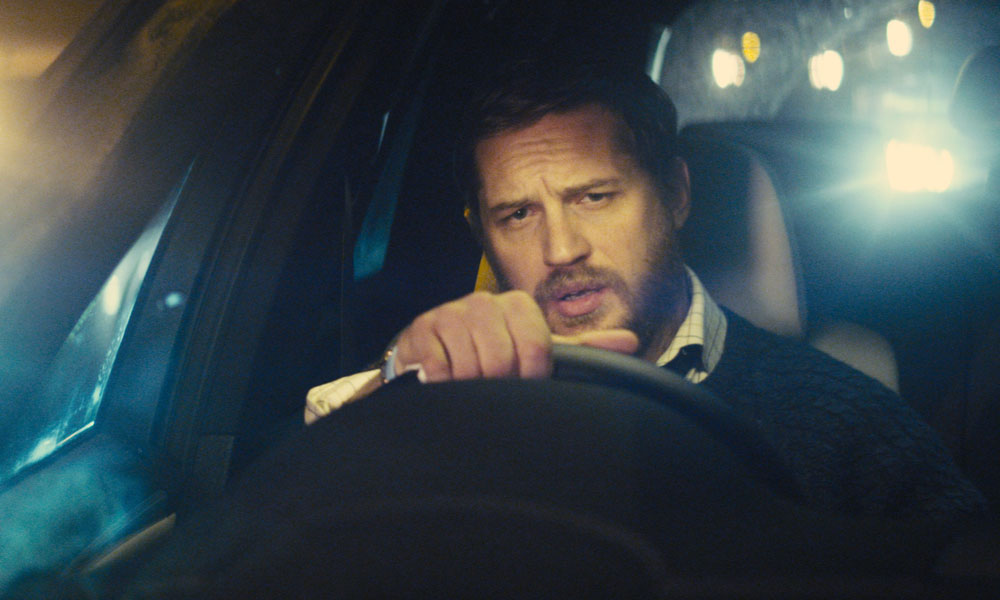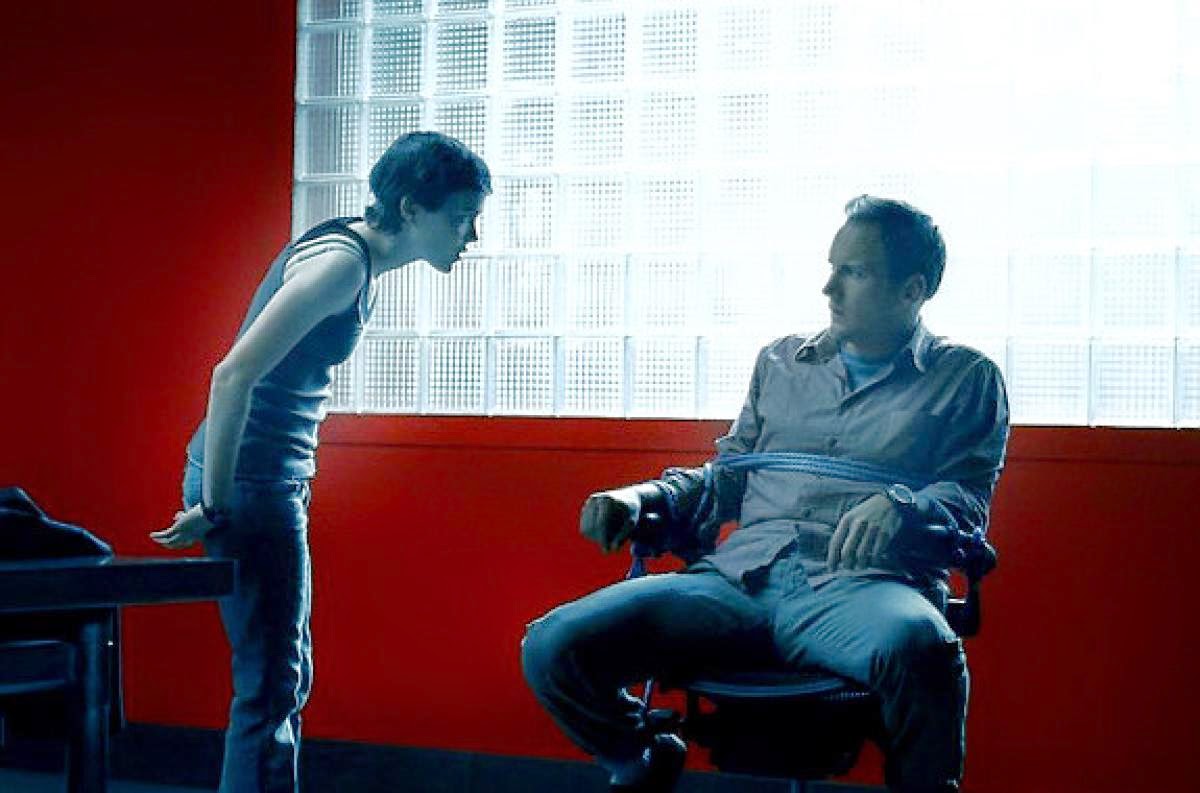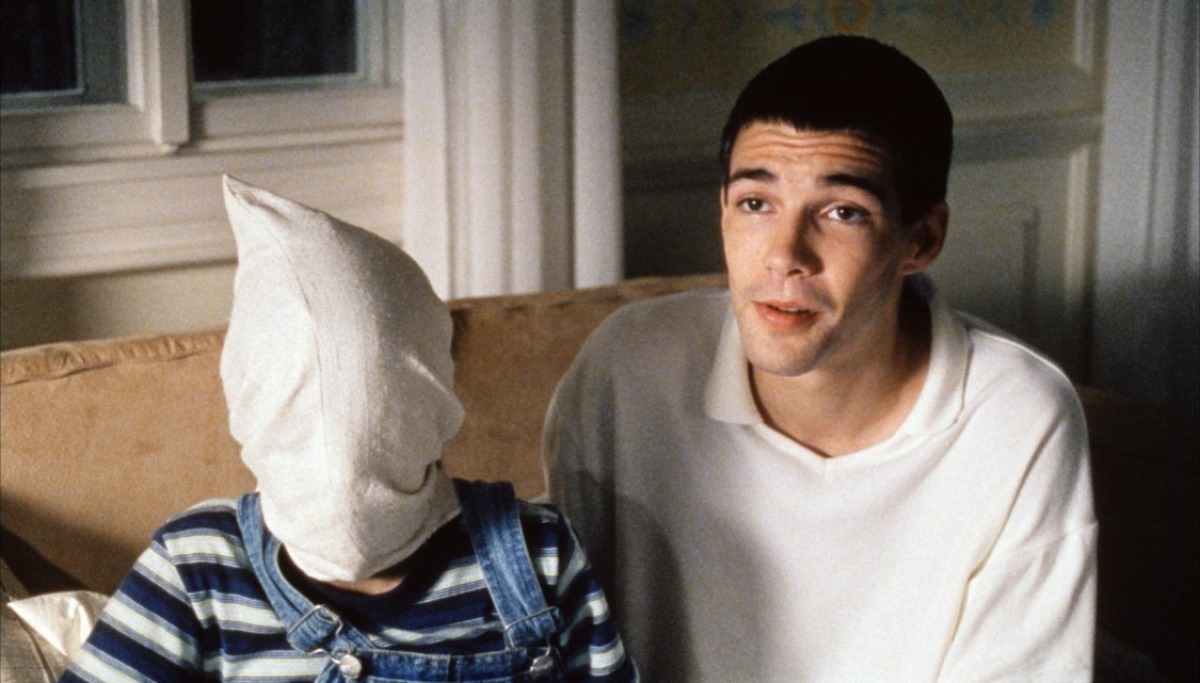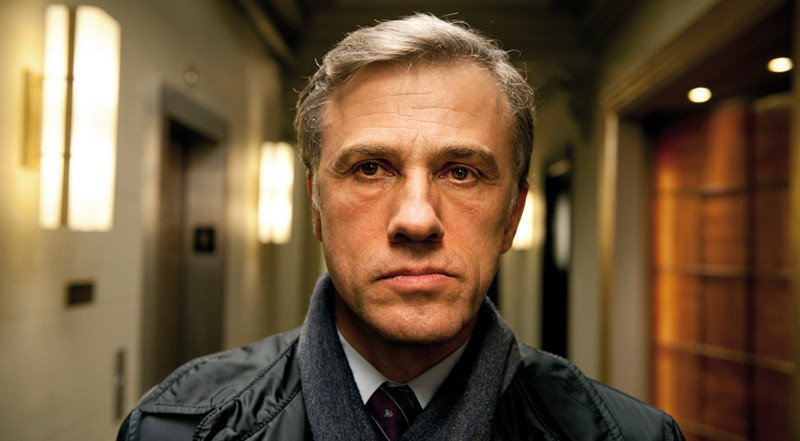
One of the most rewarding and contrasting cinematic detours for audiences is the chamber piece, sometimes referred to as a chamber drama or chamber film. This diversified genre is discernible by its use of a small cast of characters, often meshed over a short period of time, and in a limited environment, often times just a single location.
Also, though not always, chamber films are based off of plays and/or have their derivation due to a modest or micro budget. Because of these impediments, which can also be very creatively vitalizing, the resulting films are often subversive, risky, and incredibly innovative.
30. Clerks (1994)
The film that started it all for Kevin Smith and his View Askewniverse, this shoestring budgeted, foul-mouthed entrée was partially financed by Smith’s comic book collection. Shot at the convenience store and neighboring video store where Smith worked, the DIY inventiveness, crass humor, matter-of-fact black-and-white photography, and deadpan comic panache is hard to traverse.
A film that helped define the slacker tenets of sarcasm and censure, with loads of pop culture posturing, Clerks is a welcome sale, and a cult classic.
29. Cube (1997)
Like a Twilight Zone episode dreamed up by the likes Jorge Luis Borges, Canadian filmmaker Vincenzo Natali’s psychological thriller/horror/sci-fi pastiche is the ultimate in high-concept and low-budget.
A small group of strangers awaken in an elaborate prison maze of joining cubic cells that seem to go on to infinity, each with no memory of how they arrived in such strange perplexity. As they traverse the cube they soon find that each cell is booby-trapped, the meaning behind their impasse is scrutinized intelligently, and the allegorical and metaphysical payoff is as satiating as it is fist-pumping.
28. 127 Hours (2011)
Danny Boyle’s zero cool telling of the real-life survival tale of Aaron Ralston (James Franco), an experienced mountaineer who, while exploring a far-flung canyon in Utah, becomes immobilized by a boulder that has crushed and pinned his arm.
Stylish and visually stunning, despite it’s fixed locale, 127 Hours is a rush of adrenaline, and a euphoric blast of beauty that’s sure to leave audiences open-mouthed and astonished.
27. Pontypool (2008)
A fright flick in the vein of genre gods John Carpenter and George Romero, Bruce McDonald’s take on the zombie uprising is shockingly unconventional, as well as brazenly literate and erudite. Adapted from the Tony Burgess novel, “Pontypool Changes Everything” (Burgess also wrote the screenplay), it’s set in a rural Ontario radio station where shock jock Grant Mazzy (Stephen McHattie) broadcasts his show during an incident of apocalyptic proportions.
Centering on William S, Burroughs’ “word virus” dictum, here used to breathtaking and bloody extremes, Grant and his dwindling team must outthink the undead hordes fighting to overcome them, if such enterprise is even possible, with results that are equal parts visceral and cerebral.
26. Rope (1948)
Based off Patrick Hamilton’s play, Alfred Hitchcock’s film certainly has the feel of live theater as it’s essentially one fluid, continuous take, in real time, during a dinner party hosted by Philip Morgan and Brandon Shaw (Farley Granger and John Dall, respectively).
Shortly before their guests arrive, Brandon and Philip commit a murder and hide the body in their apartment, viewing their act as a psychological treatise, they antagonize their guests, suspiciously dropping clues which Rupert Cadell (James Stewart) begins to elucidate. Hitchcock’s long takes are a wonder to watch, technically very adventurous, and while experimental and not considered one of his classics, Rope is still polished and inventive.
25. Misery (1990)
Populist director Rob Reiner, adapting Stephen King’s 1987 novel, makes an engrossing, and often hair-raising picture. Romance novelist Paul Sheldon (James Caan), famous for trashy novels featuring his fictional creation, Misery Chastain, is vacationing in a remote area of Colorado when a snow squall sends him careening off the road, where he’s rescued by one Annie Wilkes (Kathy Bates, in an Oscar-winning performance).
Annie takes Paul home where he is essentially made a prisoner, as Annie’s super fandom for the Misery series is made preternaturally clear. Paul’s recovery is determined by Annie’s deranged whims, the ensuing ordeal is in turns harrowing, hilarious, and grievously life-threatening (there’s a scene with a sledgehammer that’s unforgettable), making Misery a demented delight.
24. Coherence (2013)
An elegant middle-class dinner party in the Santa Monica suburbs is the seemingly banal setting for James Ward Byrkit’s mind-winding debut, Coherence. The night of the fete, hosted by Lee (Lorene Scafaria) and Mike (Nicholas Brendon) coincides with a cosmic phenomena, Miller’s Comet, a mysterious night sky aberration last seen over Finland in 1923, where it yielded minor mass hysteria.
As this subtly adverse tale unfolds, Lee, Mike, and their guests are soon and startlingly made aware of an exact duplicate house, matching their own, just down the lane. This carbon copy casa comes complete with doppelgängers, and this creepy perplexity is intensified as each journey outside is followed by confusion and cosmic corrugation. A web of complex time-travel paradoxes arise, as does a friable and touching love story, making Coherence a shrewd showpiece and a promising debut.
23. Locke (2013)
Tom Hardy delivers a luminous performance — a wise one man show — in writer/director Steven Knight’s acclaimed drama, Locke. On the eve of a hefty and lucrative work project in Birmingham, Ivan Locke (Hardy) decides to instead drive to London to be at the side of his lover, Bethan, who’s in labor with his child.
Ivan, rejecting his responsibility to his job, to his wife and sons, goes on this rash road trip, making calls to all the people in his life, even having imaginary discourse with his deadbeat dad in the back seat, in what adds up to a tour de force of feelings, from elation to shame, to white-knuckled worry. Knight acquires utmost effect with only the essentials, in a daring and successful cinematic experiment.
22. Hard Candy (2005)
Ostensibly a revenge fantasy dressed as a reverse Red Riding Hood feminist parable, Hard Candy also provided star Ellen Page with her first breakthrough role. With a shocking style, director David Slade, in his feature length debut, comes out with guns blazing in a sordid tale of vigilante violence as 14-year-old Hayley Stark (Page) lures and seduces Jeff Kohlver (Patrick Wilson), a suspected sexual predator.
Hayley turns the tables on Jeff early on, drugging him, bounding him to a chair, and making him face head on accusations that he’s a pedophile, a rapist, and a murderer. The torture porn subgenre is gleefully reworked and though the subject matter may sound far from anything approaching entertainment, nothing could be further from the truth.
21. Funny Games (1998)
Combining the shocking and graphic brutality of a horror film with mordantly shrewd old-line observations, Michael Haneke’s Funny Games is visceral piss-take on manipulative on-screen violence.When a middle-class German family arrive at their lake house for a holiday they are soon met by two overly friendly young men, the blandly named Peter and Paul.
Soon these generically named gents have taken the family hostage and torturous survival games ensue as the fourth wall collapses and the viewer is implicated in the bloodshed that follows. It’s not easy to watch, but Funny Games is equally hard to turn away from. A brilliantly executed satire of social mores with more than a few grisly executions, this film put Haneke on the map (and is a far sight better than his American re-make).
